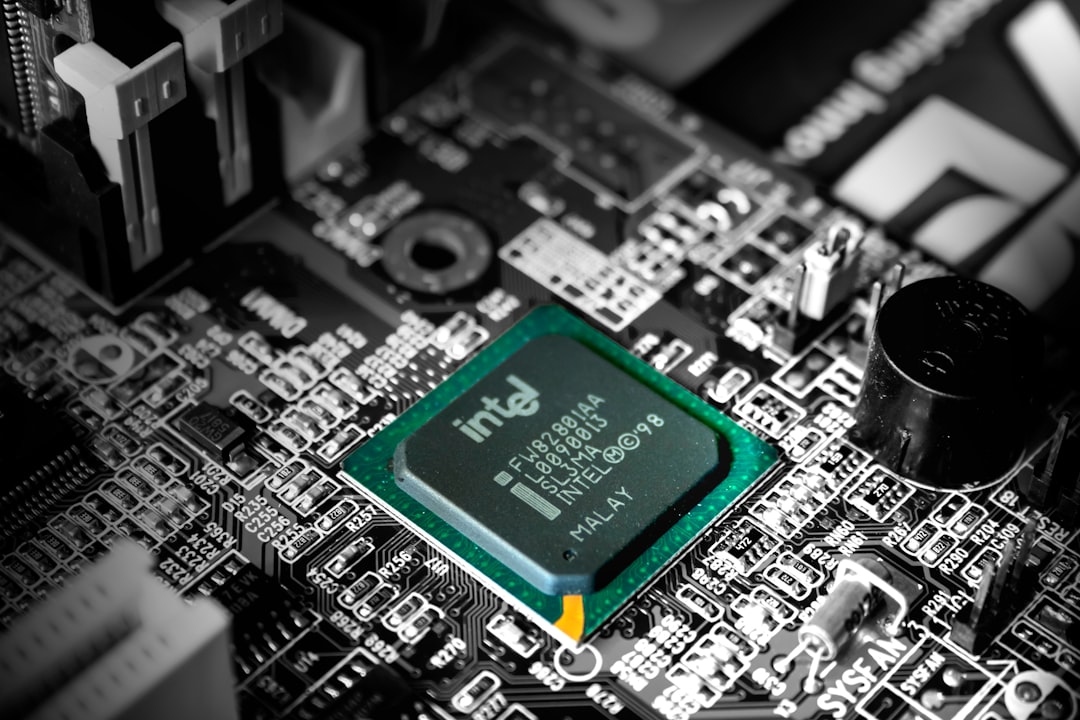In a rapidly evolving commercial landscape, where digital technologies and e-commerce platforms dominate consumer behavior, many assume traditional brick and mortar businesses are on the brink of extinction. However, contrary to popular belief, physical retail establishments are not only surviving—they’re adapting and thriving. By embracing change and integrating digital tools, brick and mortar businesses are redefining their relevance in a digital-first world.
Understanding the Unique Value of Physical Presence
Despite the convenience of online shopping, physical stores offer a human element that’s impossible to replicate in digital formats. Consumers value the ability to touch, try, and immediately purchase products. Moreover, face-to-face interactions cultivate trust and personalized customer service, which play a crucial role in brand loyalty.
Physical locations also offer the opportunity to create immersive and sensory-rich experiences. Think of well-designed showrooms, pop-up stores, or flagship stores that act as brand ambassadors. These spaces do more than just sell—they tell stories, engage communities, and build emotional connections.

Integrating Digital Tools to Enhance In-Store Experience
To remain competitive, traditional businesses are leveraging modern technologies. This includes implementing point-of-sale systems with data analytics, offering contactless payment options, and deploying inventory management tools to streamline operations. Digital signage, augmented reality features, and mobile apps create a dynamic and interactive in-store journey.
Moreover, many stores are now offering Buy Online, Pick Up In Store (BOPIS) services. This hybrid model satisfies the customers’ need for convenience while driving foot traffic back into physical locations. It also allows retailers to upsell or cross-sell products during pick-up visits.
Building an Omnichannel Strategy
Thriving in a digital-first world doesn’t mean abandoning traditional roots. Instead, it means blending both physical and digital presences to create a seamless customer journey. An omnichannel approach ensures that customers receive a consistent brand experience—whether they shop in-store, online, on social media, or via mobile applications.
This strategy involves integrating customer data across all platforms to deliver personalized recommendations, loyalty rewards, and targeted marketing. Businesses using omnichannel strategies have seen increases in customer retention and average order value because customers appreciate the flexibility and cohesion it provides.
 laptop shopping, in-store experience, mobile app
laptop shopping, in-store experience, mobile app
Leveraging Local SEO and Online Visibility
To drive foot traffic, it’s essential for businesses to improve their online presence. Local SEO optimization ensures that brick and mortar stores appear prominently in search results when potential customers look for products or services nearby. Listing the business on platforms like Google My Business, Yelp, and local directories enhances credibility and visibility.
Regularly updating listings with accurate store hours, promotions, and engaging content like customer reviews can significantly impact consumer decision-making. Combined with geo-targeted ads and social media campaigns, these efforts generate greater awareness and drive engagement.
Focusing on Community and Experience
Brick and mortar stores have the power to build local communities and foster real-world connections. Hosting events, workshops, or collaborations with local artists and influencers turn a business premise into a vibrant social hub. This sense of community not only enhances customer loyalty but also creates authentic brand advocates.
In the age of online reviews and social sharing, memorable in-store experiences can quickly gain viral traction. Businesses that prioritize authenticity, creativity, and customer engagement are often the ones most celebrated online—even though their primary operations occur offline.
Conclusion
While the digital economy continues to expand, physical retail is far from obsolete. By adapting to evolving consumer expectations and integrating digital innovations, brick and mortar businesses can thrive. The key lies in embracing hybrid strategies, focusing on customer experience, and maintaining strong community connections. In doing so, these businesses don’t just survive in a digital-first world—they shape the future of it.
FAQ
- Q: Are brick and mortar stores still relevant in 2024?
A: Yes, physical stores continue to provide unique value through personalized customer service, tangible product experiences, and local community engagement. - Q: How can traditional businesses compete with online giants like Amazon?
A: By offering exceptional in-store experiences, personalized service, and leveraging omnichannel strategies, smaller businesses can differentiate themselves and build loyal customer bases. - Q: What digital tools should brick and mortar stores invest in?
A: Inventory management systems, mobile point-of-sale, digital signage, customer analytics platforms, and local SEO tools are key investments for staying competitive. - Q: What’s the best way to increase foot traffic to a physical store?
A: Combining community events, attractive store design, strong online presence, and BOPIS options can effectively draw customers into stores. - Q: Is it worth building an e-commerce platform alongside a physical store?
A: Absolutely. A combined online and offline presence strengthens brand visibility and allows customers to shop in the way that suits them best.







